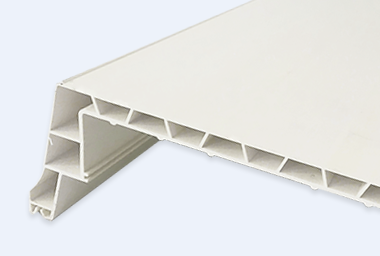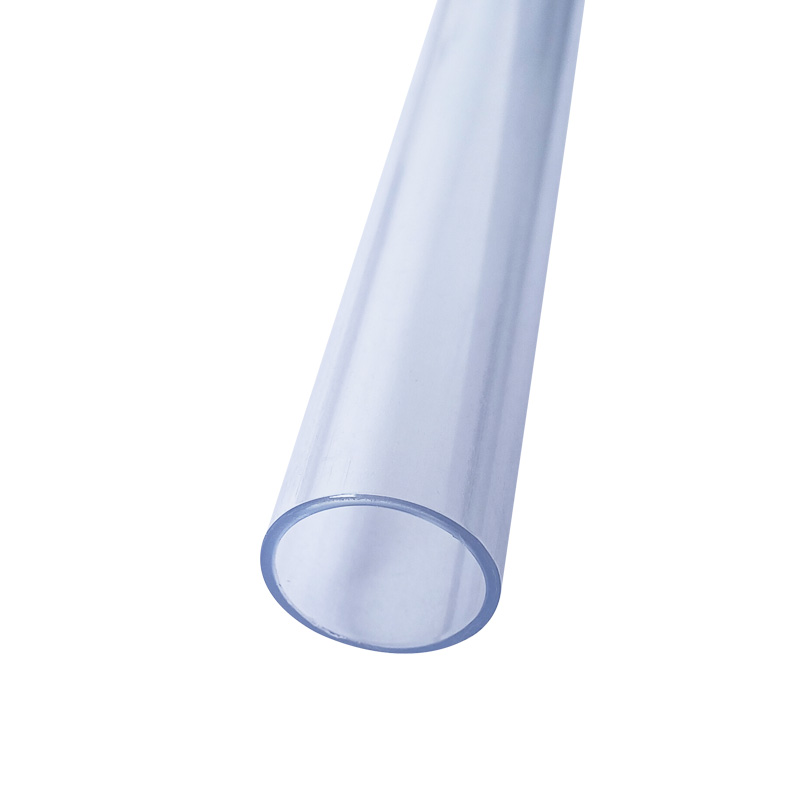What is a plastic screw extruder
Screw extruders are divided into two types: cold feed screw extruders and hot feed screw extruders, both of which are used to extrude plastic products and semi- products. The cold feed screw extruder can feed the rubber without heat refining, plasticize the rubber by heat, and extrude continuously by mouth type.
Screw extruder mainly consists of screw, barrel, head, feeding mechanism, transmission device and temperature control system, etc. The cold feed extruder screw L/D ratio is generally 8-18, the extruded products are of good quality and do not need to be equipped with a hot refining machine, the hot feed screw extruder shall be fed with hot refining rubber, through the screw extrusion, shearing and mixing, etc., the rubber is further plasticized and extruded continuously by n-type. It is mainly composed of screw, barrel, head, feeding mechanism and transmission device, etc. Hot feed extruder screw length-diameter ratio is generally 4-6, the quality of extruded products can meet the process requirements, need to be equipped with a hot refiner.

What is the working principle of plastic screw extruder
The screw extruder is one of the most important equipment for plastic molding processing, which carries out solid conveying, compacting, melting, shearing and mixing extrusion of plastics through external power transmission and heat transfer from external heating elements. Since its birth, the screw extruder has evolved from a common screw extruder to a new screw extruder after nearly a century of development. Although there are many types of new screw extruders, the extrusion mechanism is basically the same.
The extrusion process of a conventional screw extruder is achieved by heating outside the barrel, friction between the solid material and the barrel, the screw and the melt shear force. “Friction coefficient” and “friction”, “viscosity” and “shear stress” are the main factors affecting the performance of conventional screw extruders. Because of the complex factors affecting “friction” and “viscosity”, the extrusion process of the conventional screw extruder is a non-stationary state, which is difficult to control, especially for certain heat-sensitive plastics with poor thermal stability and high viscosity.
Since the 1960s, scholars around the world have conducted a lot of research on the screw extrusion mechanism, and also made significant achievements, but because most of their research is limited to the traditional plastic extrusion molding mechanism, mechanical structure form and energy transfer mode, and thus has not been able to achieve a major breakthrough. A series of shortcomings of traditional screw extruders, such as large size, high energy consumption, high noise, and difficulty in improving product quality, have not been fundamentally solved.
In 1990, the first plastic electromagnetic dynamic plasticizing extruder principle prototype was launched. The principle prototype adopts the direct energy transfer method and introduces the vibration field into the whole process of plasticizing and extruding, which is completely different from the traditional screw extruder from the principle to the mechanical structure, and overcomes many defects of the traditional equipment, and has the advantages of small size, light weight, low manufacturing cost, low energy consumption, low noise, and good plasticizing and mixing effect.
Since then, many scholars at home and abroad have conducted more in-depth research on the co-extrusion mechanism of plastic electromagnetic dynamic plasticizing extrusion mechanism, and put forward the engineering principle of polymer electromagnetic dynamic plasticizing extrusion for the first time at home and abroad, established a relatively complete mathematical model of polymer dynamic solid transport, melt and melt transport, and clarified and quantitatively described the basic laws of polymer dynamic plasticizing extrusion process. Based on the new principle, we developed the first domestic and foreign “plastic electromagnetic dynamic plasticizing extrusion equipment”.
High speed and high output High speed, high efficiency and energy saving have been the main themes of continuous improvement of international plastic machinery in recent years. High speed and high output can enable investors to obtain high returns with low investment. However, the high speed of the screw brings a series of problems to be solved: such as the short residence time of the material in the screw, easy to cause uneven material mixing and plasticization; too high shear may cause rapid heating and thermal decomposition of the material; extrusion stability problems may arise; the need for high-performance auxiliary machines and precision control system with it; screw and barrel wear problems and reduction gearbox design problems. Therefore, for the high-speed may bring the problem of providing solutions, is one of the important direction of technological innovation of twin-screw suppliers.
In terms of functionality, twin-screw extruders are no longer limited to the molding and compounding of polymer materials, but have expanded their use to include food, feed, building materials, packaging, pulp, and ceramics. In addition, the “one-step direct extrusion process“, which combines the mixing and pelletizing and extrusion processes into one, is also very attractive.





